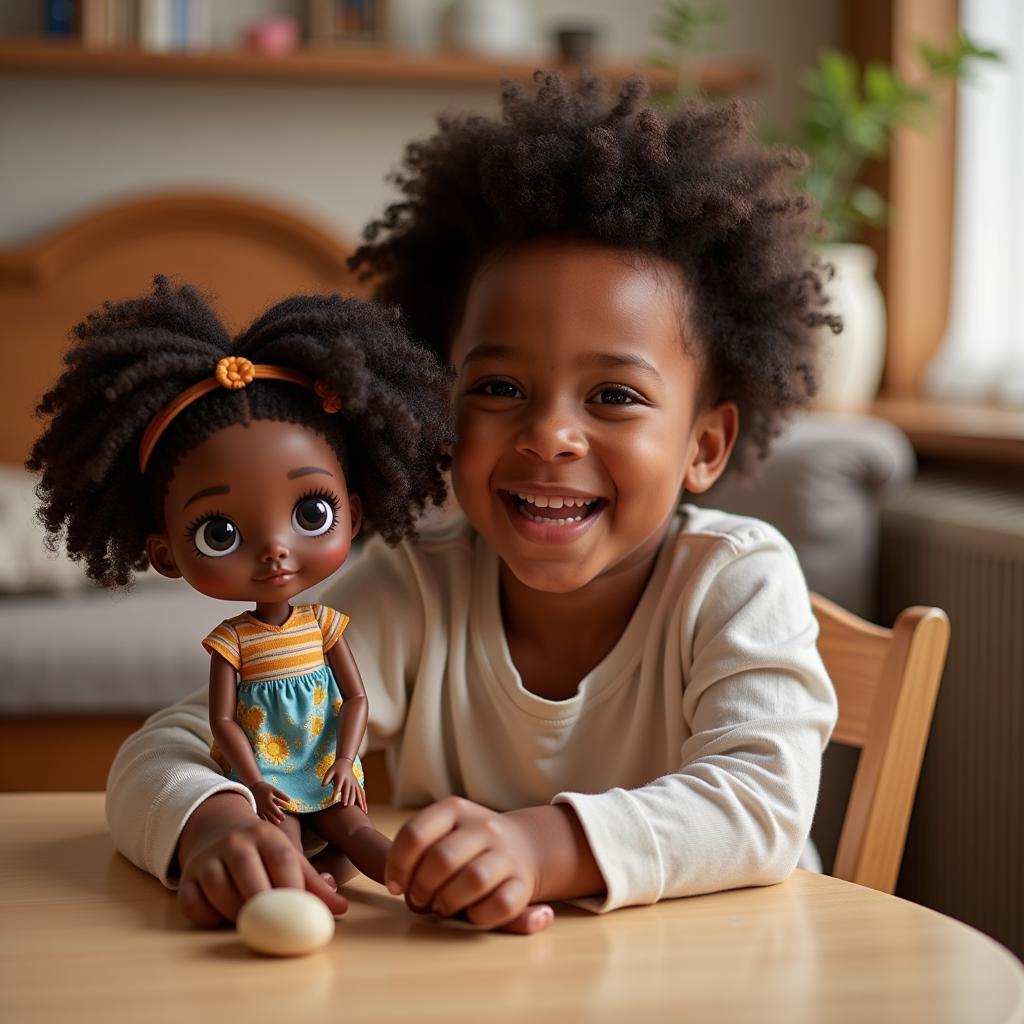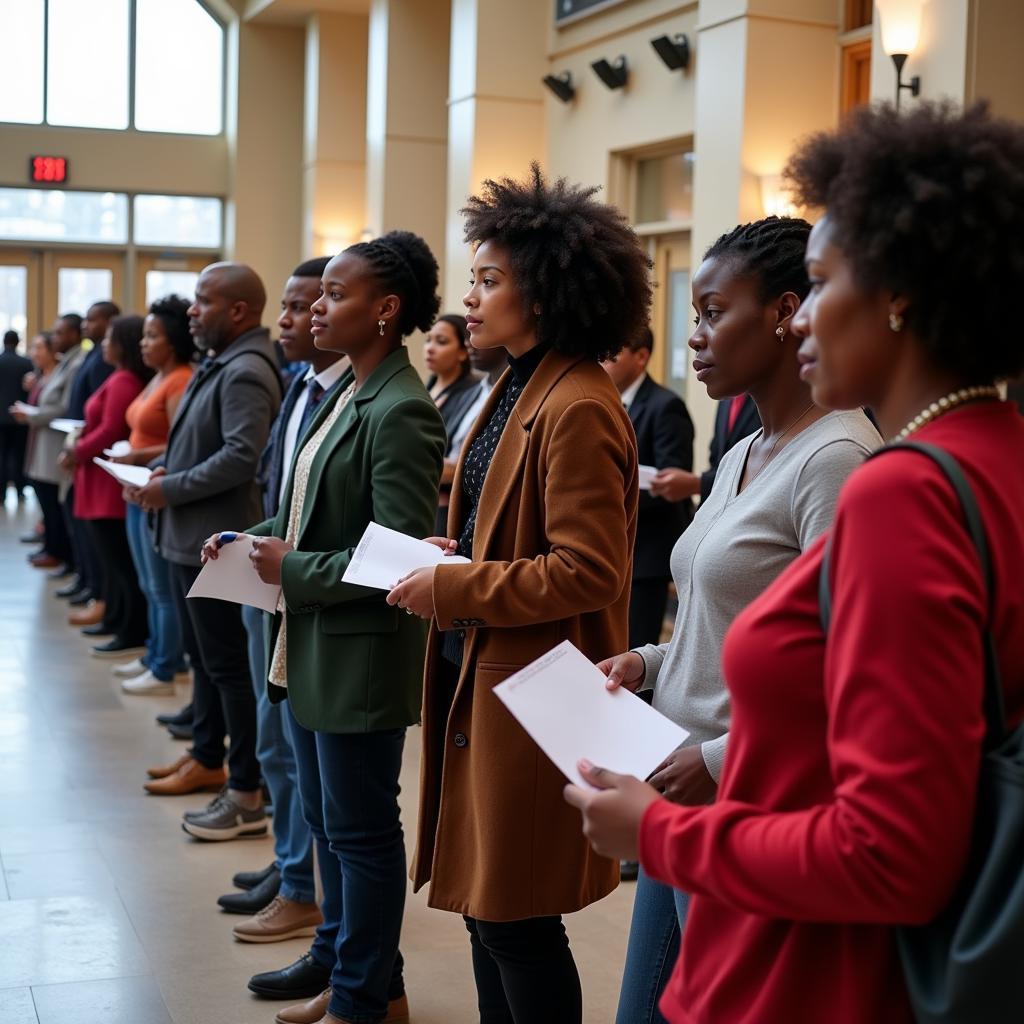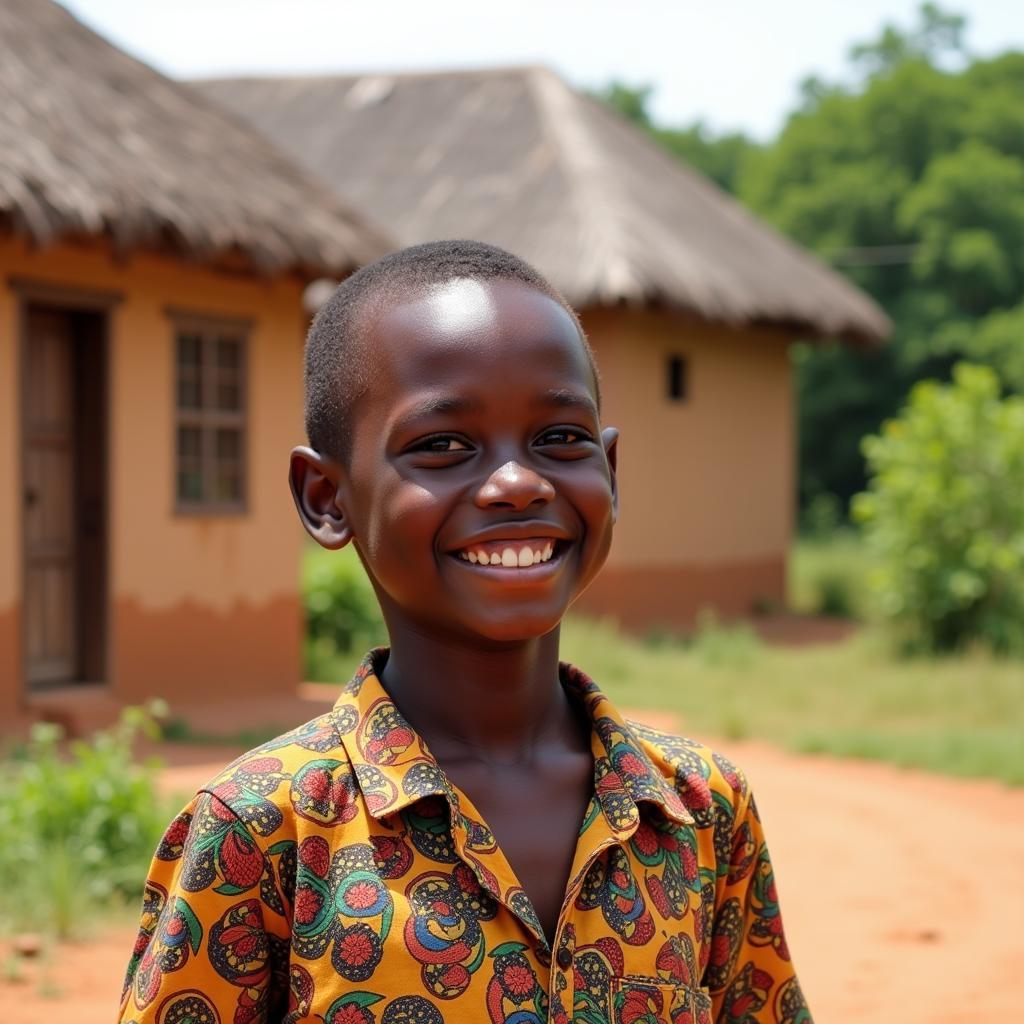African Children Dressed as Saints: A Glimpse into Culture and Celebration
Across the diverse landscapes of Africa, the image of children dressed as saints offers a compelling glimpse into the rich tapestry of culture and faith that defines the continent. This unique tradition, often seen during religious festivals and celebrations, transcends mere costume play, representing a profound connection to history, spirituality, and community.
Honoring Faith Through Generations
The practice of dressing children as saints is deeply rooted in the religious landscape of Africa. While Christianity and Islam are two of the most widespread religions on the continent, indigenous beliefs and practices also play a significant role in shaping cultural traditions. The veneration of saints, particularly in Catholicism and some branches of Christianity, finds expression in these vibrant displays of faith.
Children, often seen as symbols of purity and innocence, take center stage in these celebrations. Their transformation into revered figures through costumes, makeup, and props signifies the passing down of faith and tradition to younger generations. The act of dressing up becomes a tangible way for children to engage with their religious heritage and understand the importance of these figures in their belief system.
More Than Just Costumes: Symbolism and Significance
The costumes worn by children often reflect the specific saint they are portraying. From flowing robes and intricate headdresses to symbolic accessories like crosses, palms, or even miniature animals, every detail holds meaning. These visual cues help identify the saint and often narrate stories associated with their lives, miracles, or martyrdom.
For example, a child dressed as Saint George might carry a toy dragon, representing the legendary battle, while a child portraying Saint Francis of Assisi might be surrounded by toy animals, signifying his love for all creatures. These visual aids make the stories of these saints more accessible and memorable for young minds.
A Celebration of Community and Identity
Beyond their religious significance, these events serve as vibrant community celebrations. Families come together to create the costumes, often using readily available materials and traditional craftsmanship. The preparation process itself becomes a bonding experience, fostering creativity and a sense of shared heritage.
The festivities often extend beyond religious spaces, spilling out into streets and public squares with processions, music, and dancing. These joyous occasions provide a platform for cultural exchange, strengthening community bonds and showcasing the beauty and diversity of African traditions to the world.
Witnessing Living Traditions
The sight of African Children Dressed As Saints is a testament to the enduring power of faith, culture, and community on the continent. These vibrant displays offer a glimpse into the rich tapestry of beliefs, rituals, and artistic expressions that have been passed down through generations. As observers, we are invited to appreciate the depth and beauty of these traditions, recognizing them not as mere spectacle but as living expressions of faith, identity, and cultural pride.



